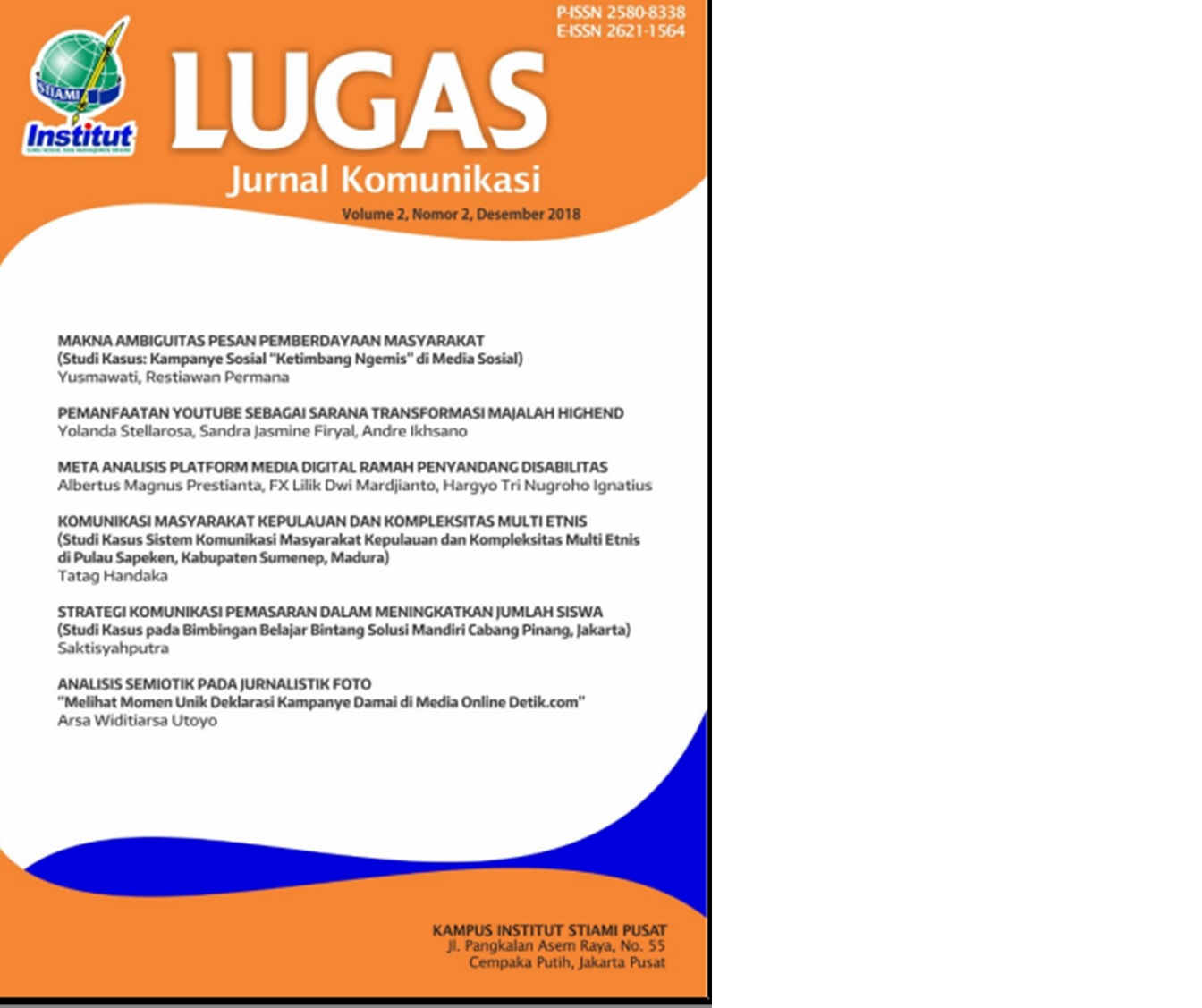Fenomena Kopi Kekinian di Era 4.0 Ditinjau dari Marketing 4.0 dan Teori Uses and Effect
DOI:
https://doi.org/10.31334/ljk.v3i1.410Keywords:
Coffee, marketing 4.0, uses and effect theoryAbstract
The Luckin coffee phenomenon in China, and the development of information and communication technology have triggered the development of contemporary coffee in Indonesia. The contemporary coffee that combines coffee with milk, coupled with putting forward the concept of an instagrammable, comfortable outlet, is the main attraction for the millennials. This study uses the uses and effect theory, and the marketing concept 4.0. The method used in this research is qualitative method. The results obtained from this study are that the marketing method carried out by coffee now promotes marketing 4.0, by integrating marketing channels, payment channels and logistics channels through online and offline systems. If coffee was once known as drinks for elder people, with the development of technology, many marketers are utilizing the interaction of internet users to market their products. Another impact of technological development is the emergence of convergence. Convergence in this case not only on the impact of media on life, but convergence has given rise to a new culture. This can be seen from the number of young people who began to use coffee as part of a culture of friendship and style in social activities.References
Grant, A.E. & Meadows, J.H. 2009. Communication Technology Update and Fundamentals. 12th Ed.
Elsevier Focal Press (GM)
Jensen, Klaus, Burhn, 2002. Handbook of Media and Communications Research: Qualitative and Quantitative Research Methodologies. London: Taylor & Francis Group.
Kartajaya, Hermawan dan Tim Redaksi Masketeers. 2017. Citizen 4.0. Jakarta: Gramedia Pustaka Utama
Kriyantono. 2009. Teknik Praktis Riset Komunikasi. Jakarta: Kencana Group
McQuil, Denis. 2006. Teori Komunikasi Massa, Suatu pengantar. Jakarta: Erlangga
Safko, Lon. 2010. The Social Media Bible: Tactics, Tools & Strategies for Business Success, 2nd Ed. Wiley (LS)
Sekaran. 2014. Metode Penelitian Kualitatif. Surabaya: Ghalia
Downloads
Published
Issue
Section
License

This work is licensed under a Creative Commons Attribution-NonCommercial-ShareAlike 4.0 International License.
Copyright Notice
Please find the rights and licenses in LUGAS Jurnal Komunikasi, spirit is to disseminate articles published are as free as possible. Under the Creative Commons license, LUGAS Jurnal Komunikasi permits users to copy, distribute, display, and perform the work for non-commercial purposes only. Users will also need to attribute authors and LUGAS Jurnal Komunikasion distributing works in the journal and other media of publications.
4.Co-Authorship
If the article was jointly prepared by more than one author, any authors submitting the manuscript warrants that he/she has been authorized by all co-authors to be agreed on this copyright and license notice (agreement) on their behalf, and agrees to inform his/her co-authors of the terms of this policy. LUGAS Jurnal Komunikasi will not be held liable for anything that may arise due to the author(s) internal dispute. LUGAS Jurnal Komunikasi will only communicate with the corresponding author.
5.Miscellaneous
LUGAS Jurnal Komunikasi will publish the article (or have it published) in the journal if the article’s editorial process is successfully completed. LUGAS Jurnal Komunikasi editors may modify the article to a style of punctuation, spelling, capitalization, referencing and usage that deems appropriate. The author acknowledges that the article may be published so that it will be publicly accessible and such access will be free of charge for the readers as mentioned in point 3.
Every accepted manuscript should be accompanied by "Copyright Transfer Agreement" prior to the article publication.





.png)

